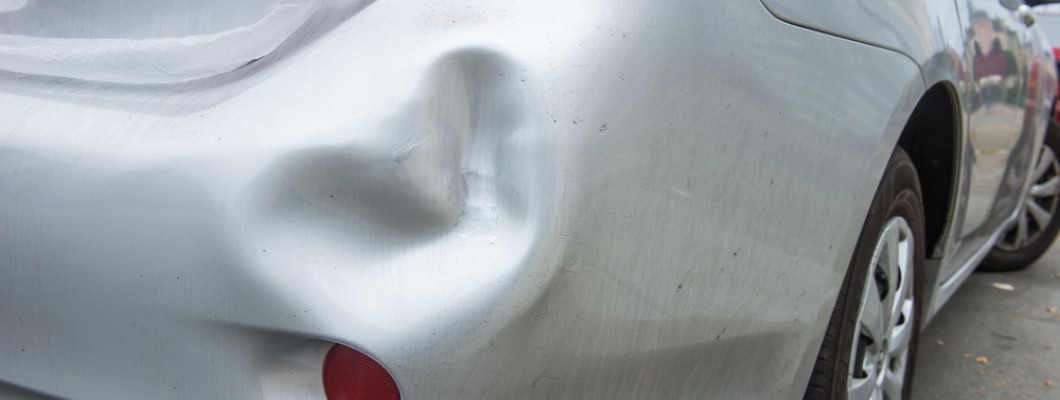
Your car’s bumper is more than just an aesthetic feature—it plays a crucial role in protecting your vehicle and its occupants. Whether you’re replacing a damaged bumper or upgrading for style and performance, choosing the right one can be overwhelming. Here’s a guide to help you make an informed decision.
1. Understand Your Needs
Before purchasing a bumper, consider why you need a replacement:
Collision Damage: If your bumper was damaged in an accident, you may need an exact match for your vehicle.
Aesthetic Upgrade: Some drivers opt for aftermarket bumpers to enhance their vehicle’s look.
Performance & Protection: Off-road enthusiasts or heavy-duty vehicle owners may need reinforced bumpers for better durability.
2. Know the Different Types of Bumpers
OEM (Original Equipment Manufacturer) Bumpers: These are identical to the bumper your car came with. They fit perfectly and maintain the vehicle’s original look and safety standards.
Aftermarket Bumpers: These come from third-party manufacturers and may offer custom designs, additional features, and sometimes cost savings.
Repaired or Reconditioned Bumpers: These are original bumpers that have been professionally restored. They can be a cost-effective and environmentally friendly alternative to new ones.
3. Material Matters
Bumpers come in different materials, each offering various benefits:
Plastic: Lightweight and common in modern vehicles; absorbs impact well but may crack easily.
Steel: Heavy-duty and ideal for off-road or heavy-use vehicles.
Aluminium: Lighter than steel but still durable and resistant to rust.
Fiberglass: Lightweight with a custom look but may be brittle.
4. Compatibility & Fitment
Ensure the bumper you choose is compatible with your vehicle’s make, model, and year. Poorly fitting bumpers may require modifications, leading to extra costs.
5. Safety Considerations
A bumper isn’t just for looks—it plays a crucial role in crash safety. Always ensure the bumper meets safety regulations and includes necessary reinforcement materials.
6. Budget & Cost
OEM Bumpers: Often more expensive but guarantee a perfect fit.
Aftermarket Bumpers: Vary in price and quality; research reputable brands.
Repaired Bumpers: A budget-friendly option that retains OEM fit and quality if refurbished properly.
7. Installation & Maintenance
Consider whether you’ll install the bumper yourself or hire a professional. Also, factor in maintenance, such as painting and protective coatings.
Final Thoughts
Choosing the right bumper depends on your budget, needs, and vehicle type. Whether you go for an OEM, aftermarket, or repaired bumper, ensuring proper fitment and quality will help maintain your car’s safety and appearance.
Stay tuned for more guides on bumpers and headlights to help you make the best decision for your vehicle!
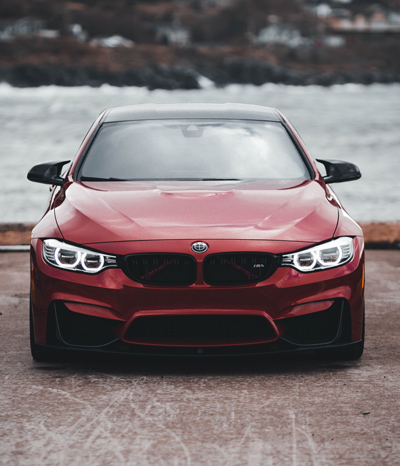

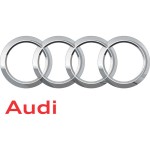

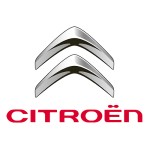

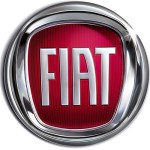
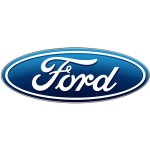
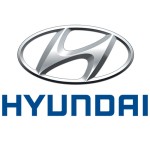
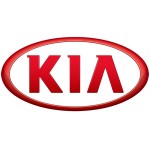
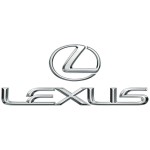
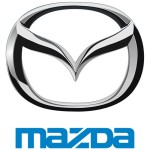

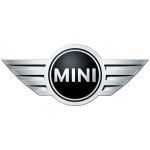
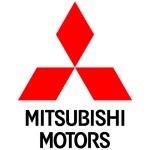
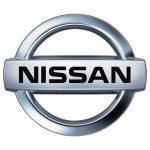
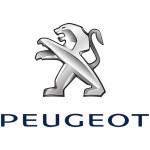
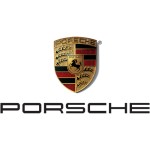
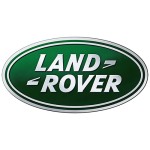


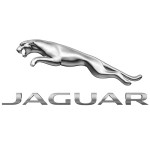

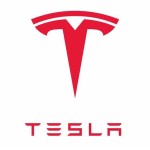
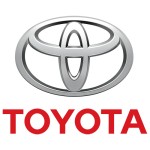

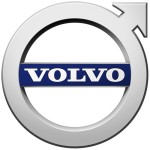
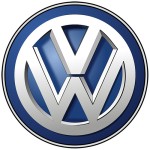
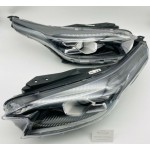
Leave a Comment